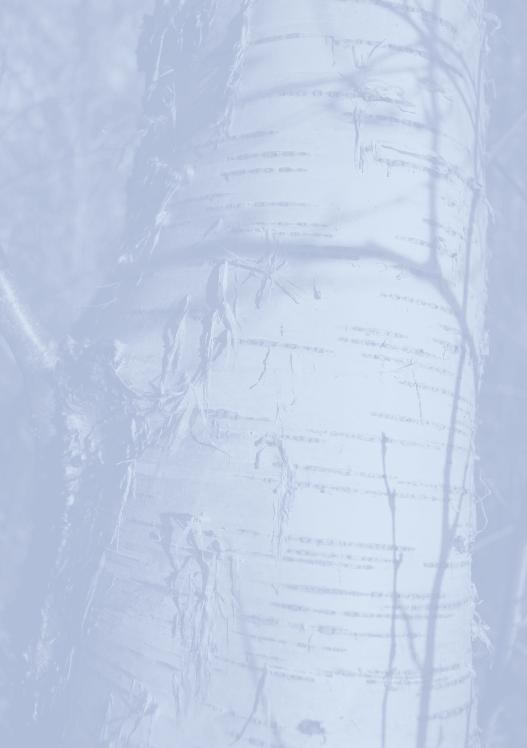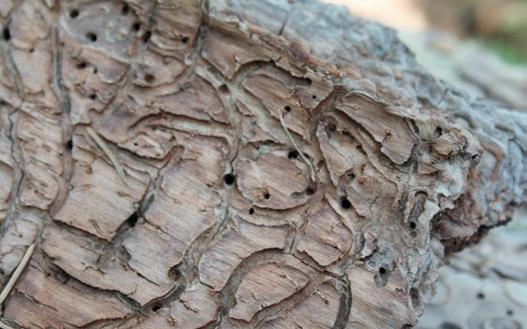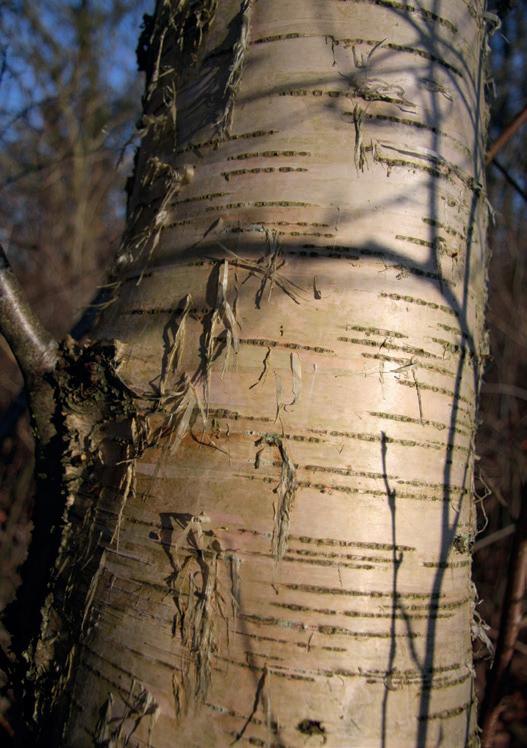
1 minute read
Rough round the edges

Hug a tree, please, in fact hug more than one, and take in the lumps, bumps, textures and fissures that are home to a myriad of mosses, lichens, fungi and communities of small invertebrates.
Advertisement
The identification of an old Douglas fir is made easy by the recognition of the spider-rich deep vertical fissures that housed some of the fabled mice as they escaped the Californian flood. If you look closely you might spot the latecomers’ rear ends protruding from the Douglas Fir’s cones!

The interest continues underneath where the labours of those bark burrowing beetles that avoided the woodpecker’s searching tongue become apparent when the bark drops off dead and dying trees. Intricate, visually pleasing ‘galleries’ are sculpted on the underside of the bark as the larvae work away. Certain species can be particularly problematic to tree health as their abundance result in the girdling of the tree, terminally disrupting its nutrient flow.
Climate change also may facilitate their spread where warmer conditions allow them to take flight between trees where otherwise lower temperatures would have restricted them.
Just as these rich micro habitats are probed by woodpeckers and mouse-like treecreepers working the trunks for insects, they offer us clues to awkward winter tree ID before their modesty is largely shrouded by the burgeoning spring canopy.
The smooth barked gently twisting forms of old beech trees contrast with the sycamore that gains rich rusty tones and scales as it ages, providing a temporary shelter for caught out bats. Lenticels, tiny holes used by the tree to exchange gases, can expand with age, roughening to the touch and and making obvious these horizontally scattered openings across the shiny trunks of silver birches, and more abundantly, cherries.
If nothing else their increasingly fungi and bug filled bark is more than a bit like us. So go on, give them a hug – we all need one from time to time, so why not the trees too?






